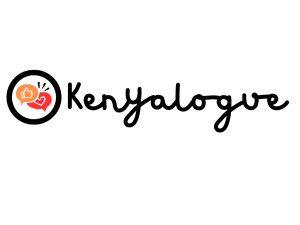Carnivals are annual celebration festivals that involve music, dance, masquerade, and processions.
They are celebrated all over the world by Roman Catholic countries in February all the way to early March, in the weeks prior to the commemoration of the 40 days of Jesus’ fast in the wilderness.
The Mombasa Carnival opens the door for the world to enjoy African cultural history and traditions.
The Kenyan culture stood the test of time, one invasion by different countries after the other, and yet it remained untarnished and unique from the ways of the invaders.
The celebrations are organized by the Ministry of Tourism.
Mombasa’s multicultural communities are all represented by floats, costumes, dance, and music.
Two parades converge on Moi Avenue as Afropop and Taarab music, and traditional religious songs play.
The communities represented come from all over East Africa, familiarizing all in attendance with each community’s customs and traditions.
The Mombasa Carnival takes place every November on Moi Avenue, Mombasa, Kenya. These celebrations start at the beginning of the month and may run all month through.
Mombasa Carnival History

The Mombasa Carnival has a rich history to it.
In the 1500s, when Kenya was invaded by the Portuguese via the coastal region, the entire city of Mombasa was destroyed as locals tried to fight back.
Over the years, the town went from one ruler to the other, hence the name “Kisiwa Cha Mvita”, meaning “Island of War”.
Mombasa was the center of the ivory trade and slaves between the 12th and 16th centuries, with trade routes to China, India, and Persia.
Since it was the largest coastal port in all of East Africa, the trades saw Mombasa interact with Portuguese, Arabs, Swahilis, Brits, and Omanis, among many others.
This made the Mombasa culture quite unique, and as a result, the carnival was started to share with both local and international visitors the history of this beautiful land.
Major Mombasa Carnival Activities
Activities included in this action-packed event include:
- Parades
- Processions
- Cultural outfitting
- Wearing of costumes
- Music and dance performances
- Cultural exhibitions
- Fooding
Traditional music legends and artists join in the celebration with their amazing voices to add some spice to the festival.
Mombasa Carnival Foods
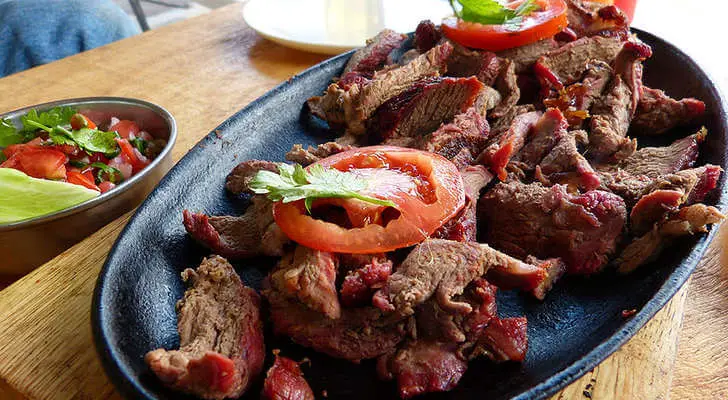
Swahili cuisines are the main food sold on the streets during the carnival.
The vendors serve both food and drinks, mainly traditional beer.
The foods include Viazi Karai, Bhajia, Viazi vya Rojo, Swahili Pilau, Wali wa Nazi, Mahamri, and many more.
There is no end to the list of tasty delicacies you enjoy at the carnival.
Some also head for Muslim-run restaurants for more Swahili cuisines.
What Is It Like To Be Part of Mombasa Carnival?

Imagine being surrounded by people of all colors and different races, each of them in their own individual little world, all dressed up in bright colors, singing and dancing like they’re not going to live to do it tomorrow!
This is a world-class festival designed to take your mind off everyday stress and just let you loosen up yourself.
With different foods and cuisines at every turn, loud music playing, and cultural displays by vendors on the streets, you can almost feel the thrill of the celebration.
Where to Stay During Mombasa Carnival
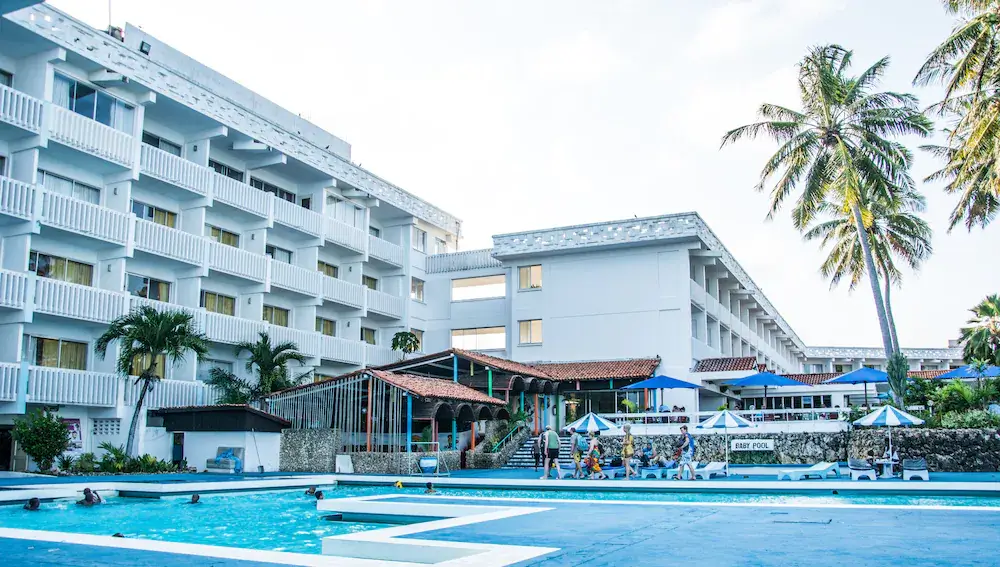
The celebration takes place in the town center.
To avoid the inconveniences of the daily commute and traffic from the large multitude of people attending the event, finding accommodation not too far from the CBD sounds more convenient.
Hotels below are located less than a kilometer from the CBD, and are all available for early booking throughout the year.
- Sentrim Castle Royal Hotel
- Regency Park Hotel
- Coast Safari Hotel
- Global Palace Hotel
- Lotus Hotel
- Royal Court Hotel
- Hotel Dorse
- CityBlue Creekside Hotel and Spa
- Mombasa Continental Resort
With a convenient and reliable means of transport, those seeking to join in the carnival can seek accommodation within the outskirts of the CBD as well.
Getting Around
Getting around Mombasa is easy. There are tuk-tuks in every corner, on every road in the city.
Though they are used as public transport, they can also be hire as private rides.
Other means you can use are boda-bodas. These two means are available all over the city, at very affordable rates.
If the weight of your pocket isn’t too light, there are other private means of travel you can use to get from one point to the next.
These include Rideshares, Uber, Ola, Didi, Yego, and Lyft taxis.
You can book them online and others are found at train and bus stations.
Other Nearest Attractions
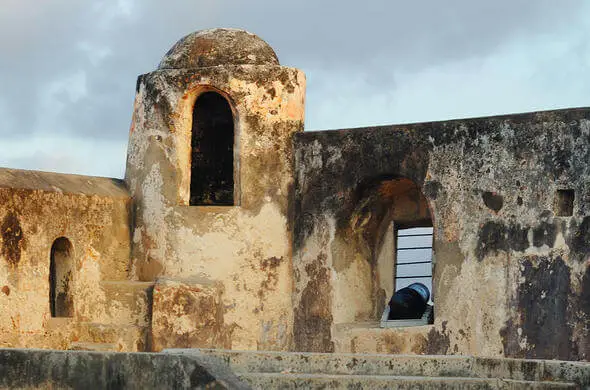
Apart from the festival, there’s a variety of facts that make Mombasa the ideal holiday destination.
Kilindini Harbor, one of the deepest harbors in the world, is the main port of Mombasa Kenya.
Here you’ll be able to see cargo ships and cruise ship anchors. The view of the ship, as it approaches momentarily, is breathtaking!
Haller Park is a serene natural scenery consisting of wildlife, flora and fauna, and parks for horse and tortoise riding, and giraffe feeding.
From the historic sites, such as Fort Jesus, to the beautiful marine park, to the long stretch of the Indian Ocean beach, Mombasa remains to be the city with the most tourist attractions in the country.
Tips for Attending Mombasa Festival
Arrange your schedule in advance and make sure to clear the month of November.
Make hotel bookings in advance. This will save you from the last minute hustle of finding accommodation.
Remember that this is a grand event, it attracts a large population of both local and international tourists, so hotels and accommodations within the town vicinity are fully packed.
Arrive in Mombasa before the festival starts. This way you’ll enjoy smooth traffic and get a chance to rest before participating in this grand celebration.
Tips for Getting the Most of Mombasa Carnival
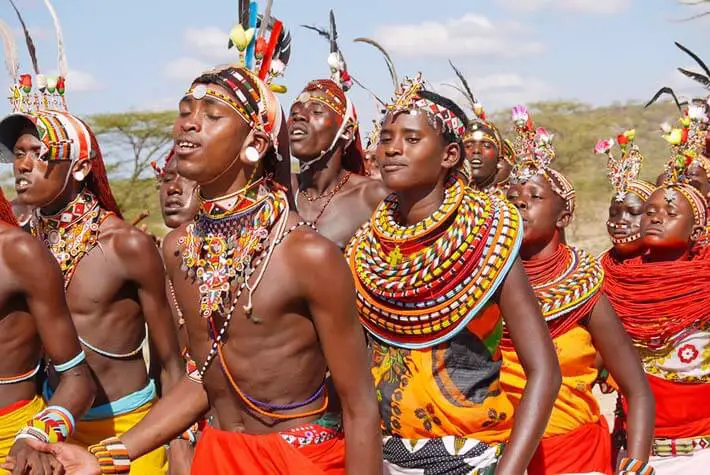
Given the nature of the festival, it would make a lot of sense to carry some money with you.
You want to be able to enjoy all the delicacies and cuisines sold by the vendors along the streets, as well as purchase traditionally significant attires.
So, in case you are planning on joining the festival this year or the next, save, save, save.
Ensure you have enough cash for accommodation, meals, cruise, and some extra for the festival participation.
Pack some sunscreen. You don’t want to have fun and forget to protect yourself.
You can also carry hats and sombreros, sunglasses, and a bottle of water.
The carnival is not a one-day festival, so the last thing you need is to miss the parades and shows due to migraines and itchy sunburns.
What to Wear To Mombasa Carnival

The temperature and climate in the coastal region is fairly warm all year round.
Dressing warmly might hinder you from enjoying the cool ocean breeze as you’ll be busy sweating your way out all day.
Since the carnival comprises of a bunch of physically engaging activities, I would recommend dressing lightly.
But before we get to the dressing part, let’s talk colors.
Carnivals all over the world are colorful festivals. Whatever you choose to wear, be creative and make it as colorful as possible.
Joyous moods can be channeled by the bright colors from the crowds.
Now, back to what to wear. There’s a wide list to choose from.
If you are confident, consider putting on some bikinis and covering the rest of your body with colorful flowers.
Colorful summer dresses are also a great pick for the ladies.
For gents, bright-colored T-shirts and shorts will do.
Wear some light, closed shoes to protect your feet from injury during the matches.
If you’re interested in wearing cultural costumes with no time to purchase, you don’t need not worry.
Vendors on the streets sell traditional Swahili and Arab outfits, as well as other cultural attires that you can purchase.
Staying Safe during Mombasa Carnival
Any large uncontrolled crowds attract insecurity like a magnet.
Petty crimes such as pickpocketing are quite common at the Mombasa carnival.
If possible, avoid carrying purses and wallets with your documents. Wear outfits with inner pockets that are hard to get to.
If you must carry your phone, avoid using it where the crowd is dense. You might want to use ear devices such as Bluetooth and earphones to make and pick up calls.
If you are new in Mombasa or are unfamiliar with the area where the carnival is being held, it would be wise to stick to groups of people you know.
As I mentioned, carnivals are filled with uncontrolled crowds. People are always mingling and mixing up, so it can be quite easy to get lost.
Spot hard-to-miss landmarks, such as buildings and street names, to make it easier to find your way back in case you get lost.
Closing Thoughts
The Mombasa carnival, with its vibrant and lively atmosphere, captures the attention of a diverse crowd consisting of people from various races, including Westerners, Africans, and Arabs. It is a celebration that showcases the rich cultural heritage and traditions of Kenya.
While the Mombasa Carnival may be a lesser-known festival to some, it holds the prestigious title of being the biggest and most significant celebration in the country.
Attending this grand event offers a unique opportunity to immerse oneself in the vibrant colors, mesmerizing music, and captivating performances that truly reflect the spirit of Kenya.
Don’t miss out on the chance to experience the Mombasa carnival firsthand, as it promises an unforgettable celebration of culture, unity, and joy.
Join the festivities and create cherished memories that will last a lifetime.

